Description
La tradición de la talla de santos en Puerto Rico tiene sus raíces en la época de la colonización española. Durante el siglo XVI, los colonizadores trajeron consigo su fe católica y la costumbre de crear imágenes religiosas para la veneración y devoción. Esta se ha convertido en un símbolo nacional del País y se manifiesta a través de la artesanía donde también se les conoce como santos de palo. Para el siglo XVII, se hizo más notoria la talla de santos ya que las iglesias se encontraban muy lejos de los puertorriqueños que habitaban el interior de la Isla y estos tallaban sus propias figuras. Los estilos de los santos de Puerto Rico se clasifican en tres grupos:
-Estilo Colonial. Es el estilo más antiguo. Las figuras de este, tienen naturalidad, son tallas realistas, de aspecto sencillo y delicado que muestran la labor de un artesano de sensibilidad. Las facciones son delicadas. Los detalles están cuidadosamente trabajados.
-Estilo Autóctono. Estilo con carácter propio, aunque delata algo del arte gótico de la época medieval europea, muestra personalidad isleña, creada por el ambiente y por nuestras circunstancias históricas. – Estilo Ingenuo. No reflejan emoción alguna, son inexpresivos, no muestran tristeza ni alegría, no son imponentes ni apasionados.
Los santos, más allá de objetos religiosos, representan una faceta histórica y cultural de nuestro pueblo, convertida en sujeto de estudios sociológicos, antropológicos, religiosos y artístico-artesanales. Esta revalorización del santo tallado como pieza de valor cultural también trajo, como consecuencia, que se tornara en pieza de colección e inversión. Asimismo, despertó en las instituciones públicas destinadas a conservar y promover nuestro patrimonio el interés por promover el arte de la imaginería popular mediante la convocatoria a certámenes y exposiciones s de santos en museos.
La Sra. Evelyn Vázquez trabaja la talla de figuras religiosas utilizando maderas como la caoba, ébano, aceitillo, majó, guayacán y cedro. Como artesana de santos tiene la práctica de ofrecer talleres para difundir este renglón artesanal. Reúne un grupo de estudiantes en El Paseo Cultural Ricardo Alegría en Plaza Las Américas, donde también exhibe y vende sus piezas en su gran mayoría a coleccionistas. También pueden encontrar las piezas Virgen de la Providencia y Papa Juan Pablo en galerías en el estado de Florida
english
Carving of saints
The tradition of carving saints in Puerto Rico has its roots in the era of Spanish colonisation. During the 16th century, the Spanish brought with them their Catholic faith and the custom of creating religious images for veneration and devotion. This has become a national symbol of the country and is manifested through craftsmanship where they are also known as santos de palo (stick saints). By the 17th century, the carving of saints became more notorious as the churches were far away from the Puerto Ricans living in the interior of the island and they carved their own figures. The styles of the saints of Puerto Rico can be classified into three groups:
-Colonial Style. This is the oldest style. The figures of this style are natural, realistic carvings, with a simple and delicate appearance that show the work of a sensitive artisan. The features are delicate, the details are carefully worked.
-Autochthonous style. A style with its own character, although it reveals something of the Gothic art of the European medieval period, it shows an island personality, created by the environment and our historical circumstances.
– Naive Style. They do not reflect any emotion, they are inexpressive, they do not show sadness or joy, and they are not imposing or passionate.
The saints, beyond religious objects, represent a historical and cultural facet of our people, which has become the subject of sociological, anthropological and religious studies. This revaluation of the carved saint as a piece of cultural value has resulted in it becoming a collector’s item and an investment item. It also awakened the interest of public institutions in the conservation and promotion of our heritage to promote the art of popular imagery by organising competitions and exhibitions of saints in museums.
Ms Evelyn Vázquez carves religious figures using woods such as mahogany, ebony, “aceitillo”, “majó”, “guayacán” and cedar. As an artisan of saints, she has the practice of offering workshops to spread the word. She gathers a group of students at El Paseo Cultural Ricardo Alegría in Plaza Las Américas, where she also exhibits and sells her pieces, mostly to collectors. You can also find her pieces Virgen de la Providencia and Papa Juan Pablo in galleries in the state of Florida.


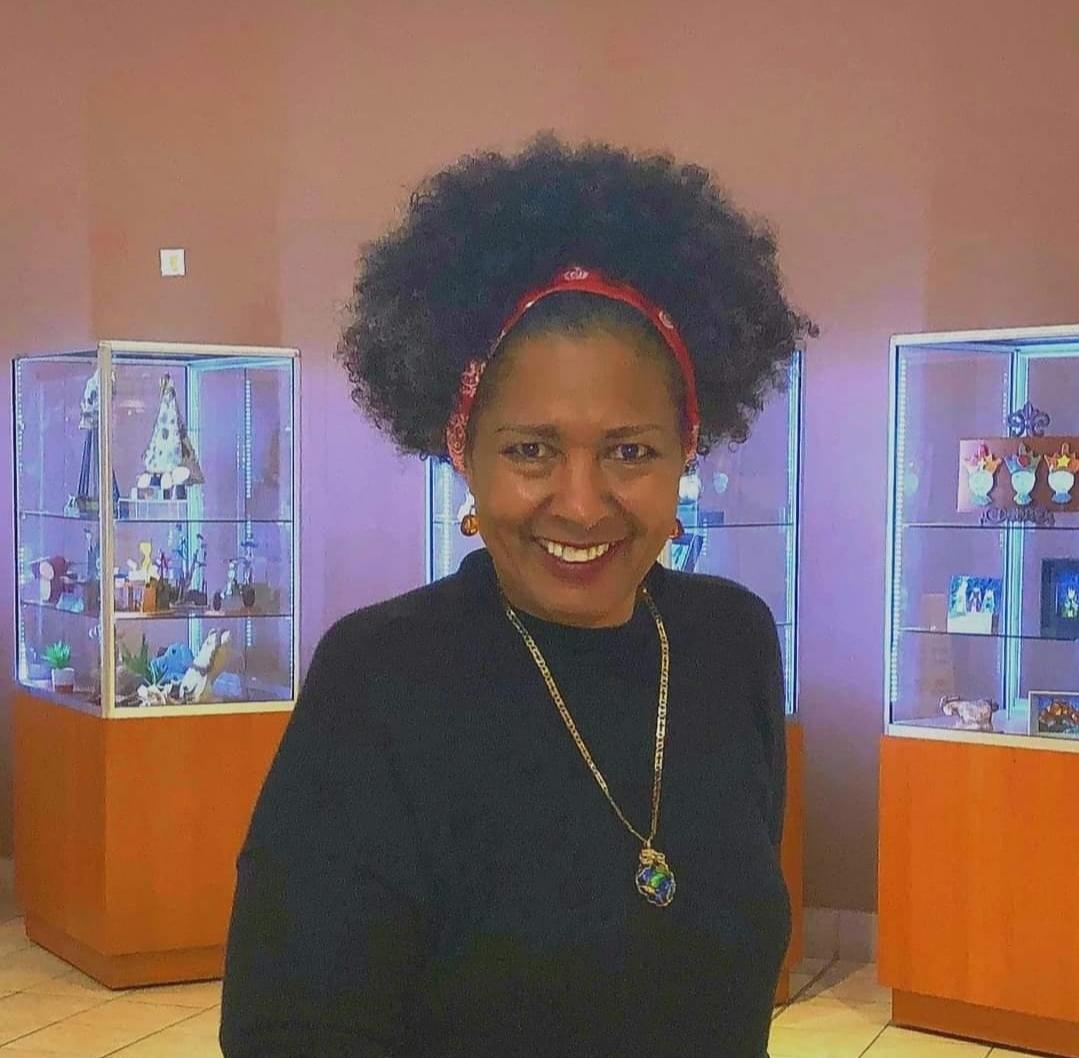
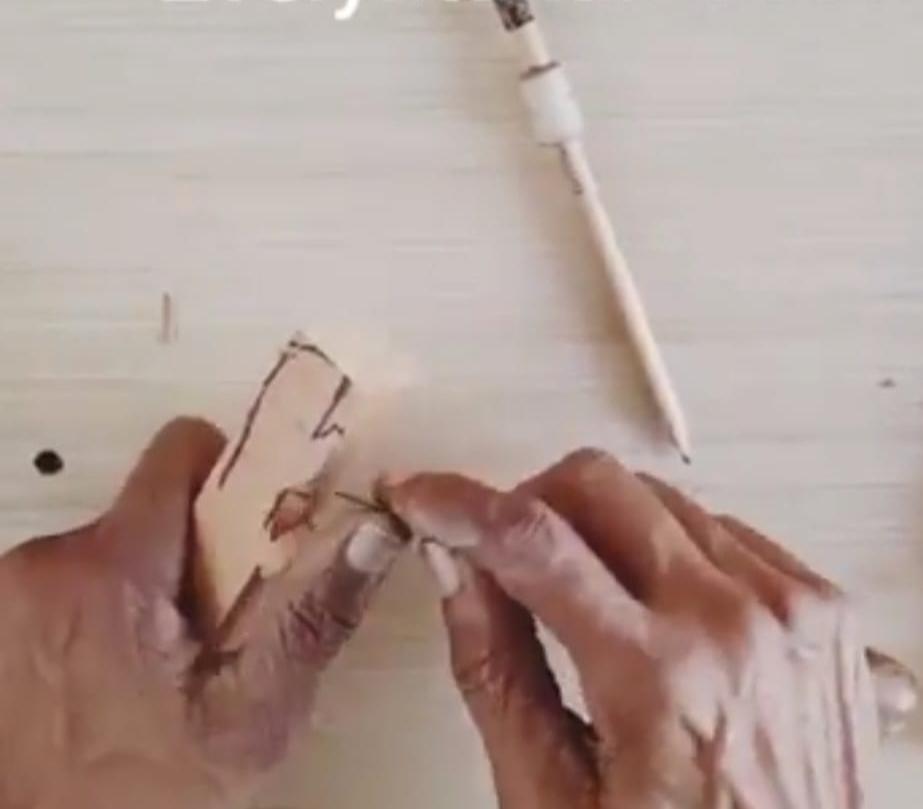
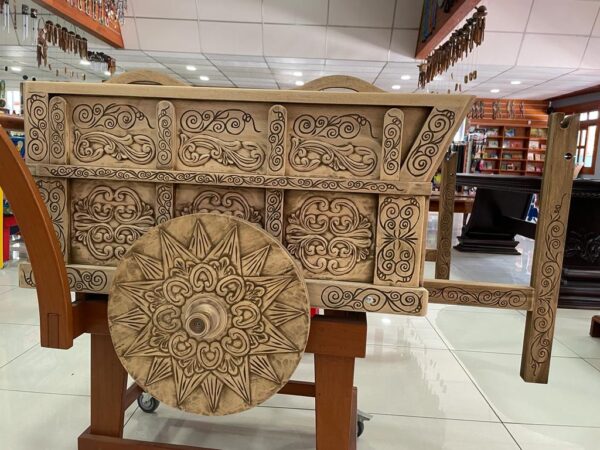
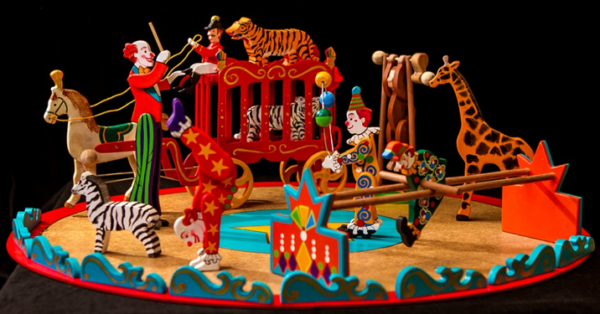
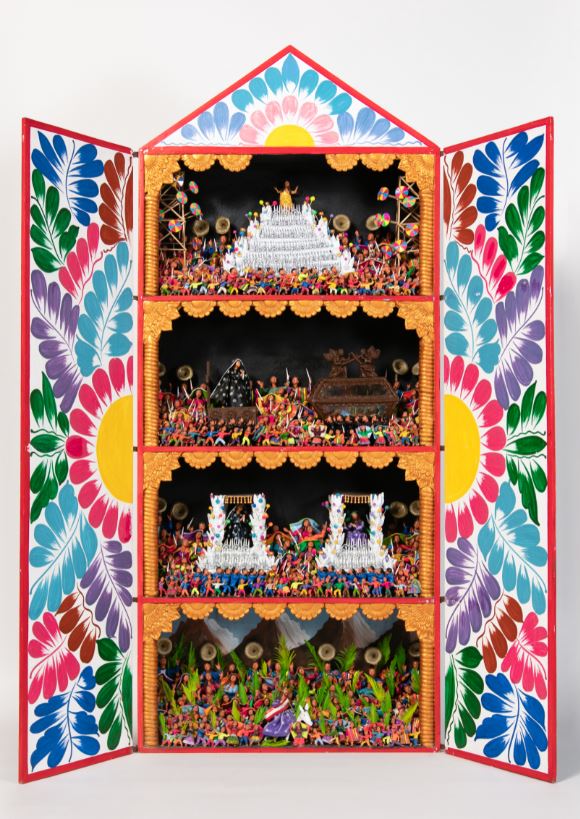
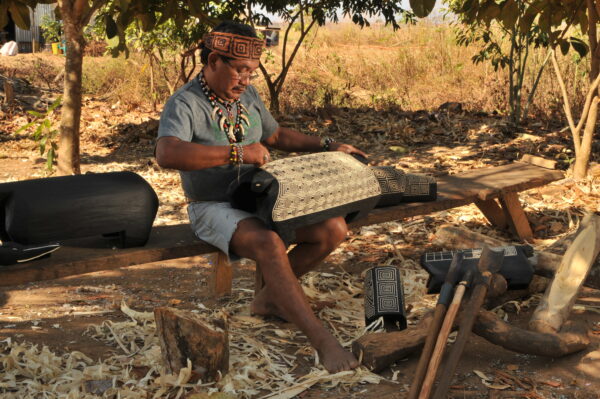
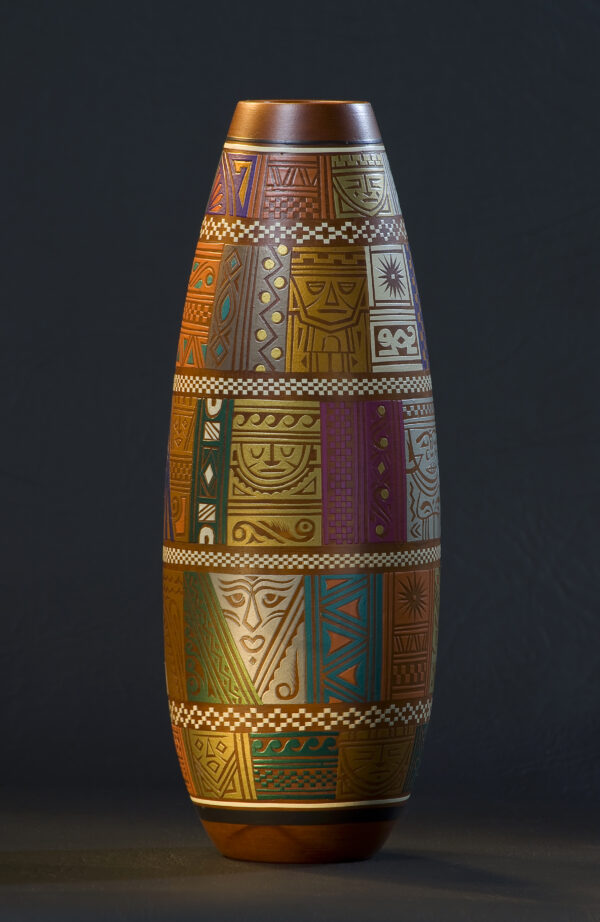
Reviews
There are no reviews yet.